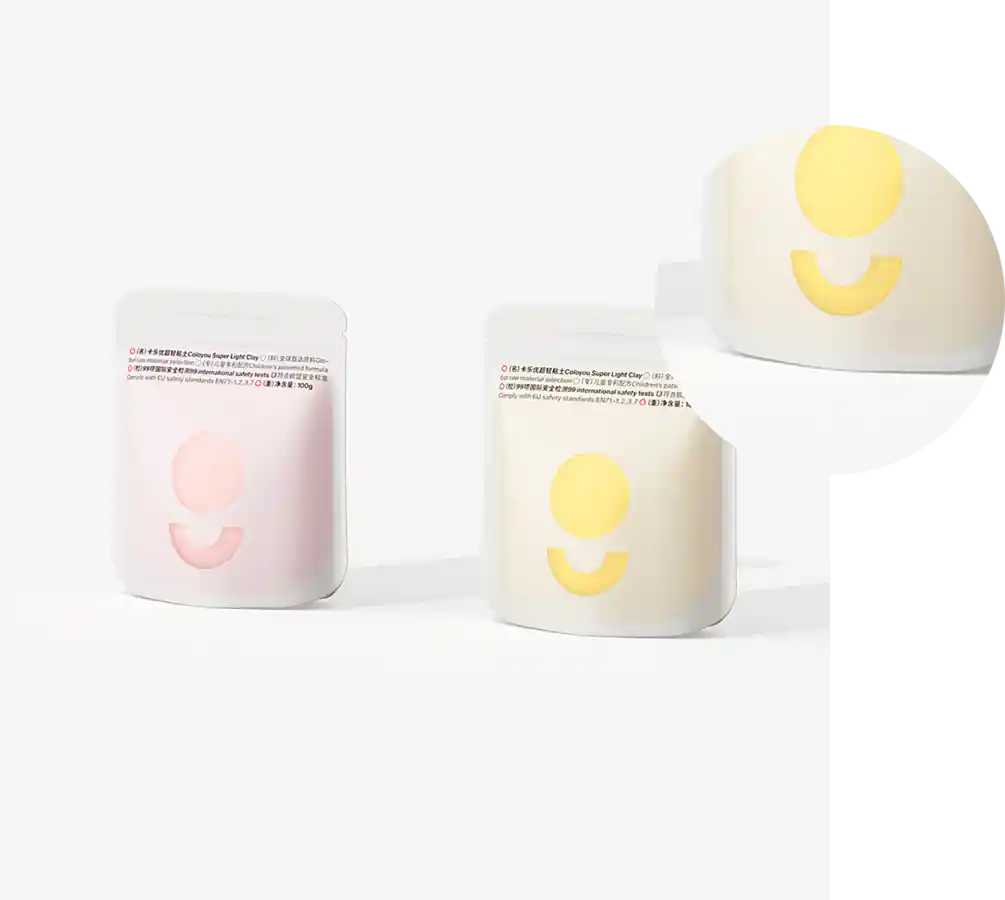- Afrikaans
- Albanian
- Amharic
- Arabic
- Armenian
- Azerbaijani
- Basque
- Belarusian
- Bengali
- Bosnian
- Bulgarian
- Catalan
- Cebuano
- chinese_simplified
- chinese_traditional
- Corsican
- Croatian
- Czech
- Danish
- Dutch
- English
- Esperanto
- Estonian
- Finnish
- French
- Frisian
- Galician
- Georgian
- German
- Greek
- Gujarati
- haitian_creole
- hausa
- hawaiian
- Hebrew
- Hindi
- Miao
- Hungarian
- Icelandic
- igbo
- Indonesian
- irish
- Italian
- Japanese
- Javanese
- Kannada
- kazakh
- Khmer
- Rwandese
- Korean
- Kurdish
- Kyrgyz
- Lao
- Latin
- Latvian
- Lithuanian
- Luxembourgish
- Macedonian
- Malgashi
- Malay
- Malayalam
- Maltese
- Maori
- Marathi
- Mongolian
- Myanmar
- Nepali
- Norwegian
- Norwegian
- Occitan
- Pashto
- Persian
- Polish
- Portuguese
- Punjabi
- Romanian
- Russian
- Samoan
- scottish-gaelic
- Serbian
- Sesotho
- Shona
- Sindhi
- Sinhala
- Slovak
- Slovenian
- Somali
- Spanish
- Sundanese
- Swahili
- Swedish
- Tagalog
- Tajik
- Tamil
- Tatar
- Telugu
- Thai
- Turkish
- Turkmen
- Ukrainian
- Urdu
- Uighur
- Uzbek
- Vietnamese
- Welsh
- Bantu
- Yiddish
- Yoruba
- Zulu
chocolate box package
The Art of Chocolate Box Packaging
Chocolate, often heralded as the universal language of love and gratitude, has a unique ability to evoke a range of emotions from joy to nostalgia. Alongside the rich and indulgent flavors that chocolate offers, the packaging itself plays a pivotal role in the overall experience. The chocolate box package is not merely a container; it is an artwork that embodies the brand's identity, excites the senses, and enhances the allure of the delectable confections waiting inside.
When we think about chocolate box packaging, the first image that often comes to mind is a beautifully designed box that tempts us before we even taste the chocolate. Excellent packaging serves several vital purposes. Firstly, it protects the delicate chocolate from damage, humidity, and contamination. The materials chosen for packaging can make a significant difference in how the chocolate retains its freshness and flavor. For example, high-quality cardboard, specialized foils, and even eco-friendly materials like biodegradable plastics demonstrate a brand’s commitment to quality and sustainability.
The Art of Chocolate Box Packaging
The unboxing experience is another essential aspect of chocolate box packaging. When someone receives a beautifully wrapped gift, there is an element of anticipation and excitement. The act of unwrapping can be almost as pleasurable as tasting the chocolate itself. Innovative designs that invite interaction, such as magnetic closures, slides, or intricate folds, can elevate this experience. Some brands even incorporate unique shapes or themes into their packaging, further enhancing the overall sensory journey.
chocolate box package

Sustainability is an increasingly important factor in packaging design as consumer awareness grows. Many brands are now exploring eco-friendly options that lessen their environmental impact. Recyclable materials, minimalistic designs that use less packaging, and even reusable boxes are becoming more prevalent. Such efforts not only appeal to environmentally conscious consumers but also position brands as responsible and forward-thinking.
Cultural factors also influence chocolate box packaging around the world. For example, in some cultures, gifting chocolates is an important tradition during holidays and celebrations. The design and presentation of the box often reflect local art styles, colors, and motifs, making the package a celebration of culture as much as the chocolate inside. In Japan, for instance, beautifully crafted packaging that showcases seasonal beauty is a valued tradition.
Lastly, the sensory aspect cannot be overlooked. The sound of a box being opened, the visual impact of the chocolates arranged inside, and even the scent released upon opening all contribute to the overall experience. Premium brands often take great care to ensure that their packaging design enhances the sensory journey from box to taste.
In conclusion, chocolate box packaging is far more than a simple vessel for sweet treats. It is an art form—a blend of protection, branding, experience, and sustainability. The next time you receive a box of chocolates, take a moment to appreciate the design and thought that went into the packaging. After all, it is not just about what’s inside; it’s about the entire experience, from the moment you lay eyes on the box to the delightful moment you savor the chocolate itself.













